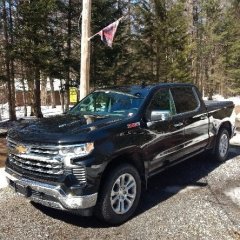-
Similar Content
-
Random CEL & Service Traction Control / Transmission Warning --> Then Disappeared
By Batch315,
- transmission
- cel
- (and 1 more)
- 1 reply
- 535 views
-
- 2 replies
- 5,469 views
-
- 10 replies
- 14,949 views
-
- 16 replies
- 9,366 views
-
- 5 replies
- 1,331 views
-
-
Recently Browsing 0 members
- No registered users viewing this page.
-
Forum Statistics
247.2k
Total Topics2.6m
Total Posts -
Member Statistics
-
Who's Online 27 Members, 0 Anonymous, 1,927 Guests (See full list)

















Recommended Posts
Join the conversation
You can post now and register later. If you have an account, sign in now to post with your account.